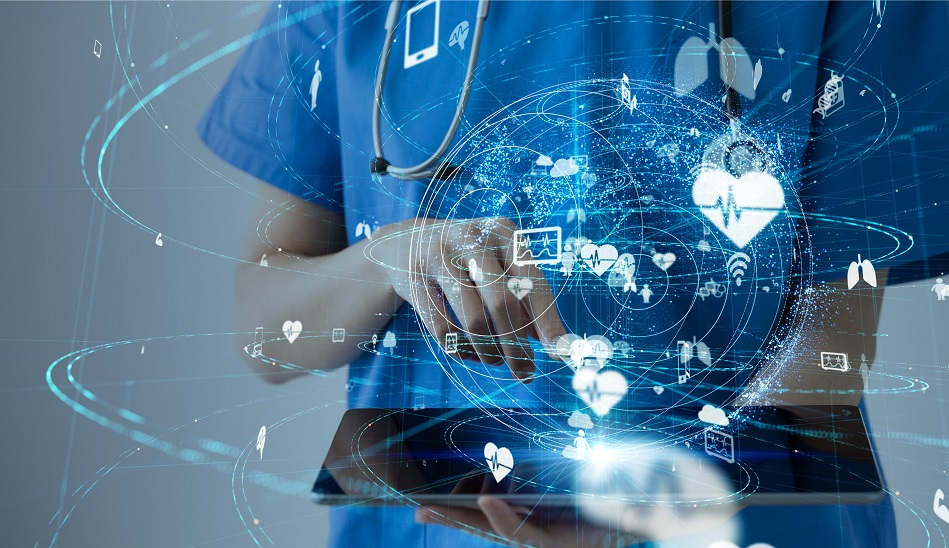
The Internet of Things (IoT) has become integral to modern life, changing not only how organisations and industries operate, but also how we live our lives. For the healthcare sector, digitalisation has revolutionised how medical devices are manufactured and used, how patient data is collected and handled, and even paved the way for preventative treatment.
The IoT is a system of wireless, interrelated, and connected digital devices that collect, send, and store data over a network. In healthcare, this can include medical devices that monitor vitals (such as blood sugar levels and heart rate) and other methods of retrieving data, such as RFID tags. Connected medical devices, remote patient monitoring, mHealth, and electronic health records (EHRs) have been on the rise for years but saw significant prominence during the COVID-19 pandemic.

Digitalisation is the future of healthcare, as real-time data, data analysis, digital twins, and remote monitoring revolutionise the way that patients are diagnosed and treated. With this in mind, how will IoT technology prepare for this seismic shift?
The vital role of quality data
GlobalData’s Thematic Research report, Internet of Things in Healthcare, breaks the value chain for IoT into five layers: devices, connectivity, data, apps, and services.
The device layer includes sensors, microprocessors, and cameras. Using a continuous glucose monitor (CGM) as an example, this will include the sensory wire, which detects the glucose level using glucose oxidase, measuring the enzymatic reaction and the resulting production of hydrogen peroxide.
The connectivity layer includes elements such as cloud infrastructure and networking equipment. For a CGM, this is vital to ensure that the electrical signals generated when hydrogen peroxide reacts to the sensor are sent to the transmitter.
Once this information is collected, the data layer involves how it is stored, cleansed, integrated with other systems, and analysed. This is important for remote and continuous monitoring devices, including a CGM, because not only must this data be safely stored for patients and healthcare workers to check, but smart data analysis enables automatic alerts if a patient is in danger and needs medical intervention.
The app and service layer includes elements such as mobile platforms for patients to check their blood sugar levels, along with service providers related to the development and maintenance of IoT ecosystems.
IoT innovation and digitalisation
According to the GlobalData report: “Innovations in technologies, from 3D printers to automation and robots, are revolutionising healthcare and creating a unified body of tools where data are continuously processed and analysed. These aggregate data can be used for preventative medicine, real-time diagnostics, disease monitoring, and therapeutic delivery.”
Medical device companies are increasing investments in IoT tools and moving towards wearables that continuously monitor health in a non-invasive and seamless manner.
For medical wire manufacturer Alleima, this shift towards healthcare that enables patients to regain their quality of life is a core company value. Alleima has designed and developed customised medical wire components for therapeutic devices such as CGMs and heart rate monitors, as well as pacemakers, cochlear implants, and deep brain stimulation. With expertise and ongoing research into metallurgy, processes such as galvanisation and coatings, and extensive experience finding the ideal configuration for OEM applications, Alleima is a one-stop-shop for medical wire components.
To find out more about the products and services offered by Alleima, download the whitepaper below.



